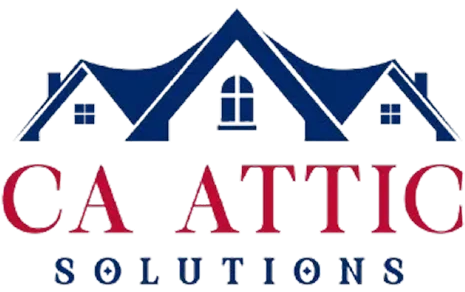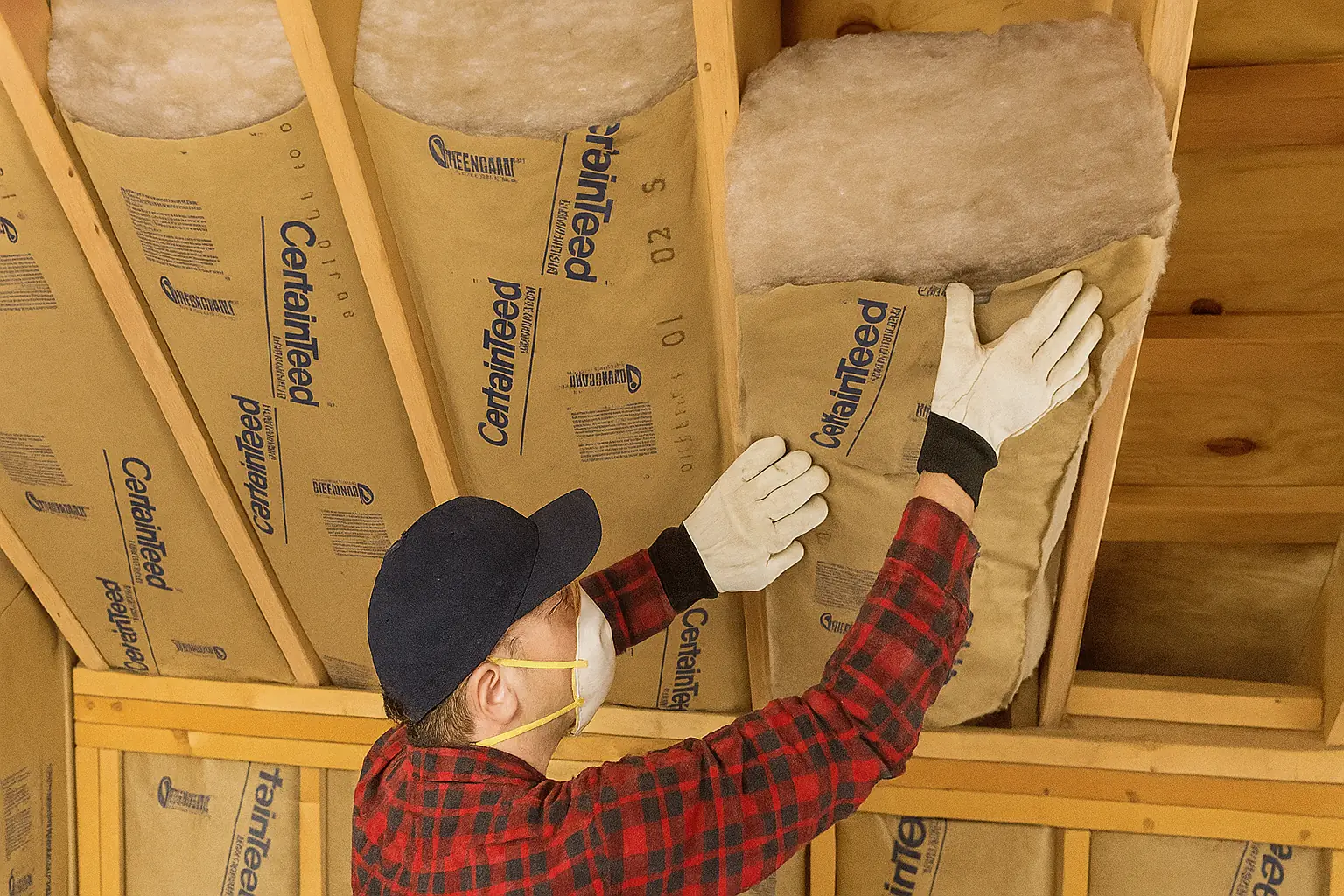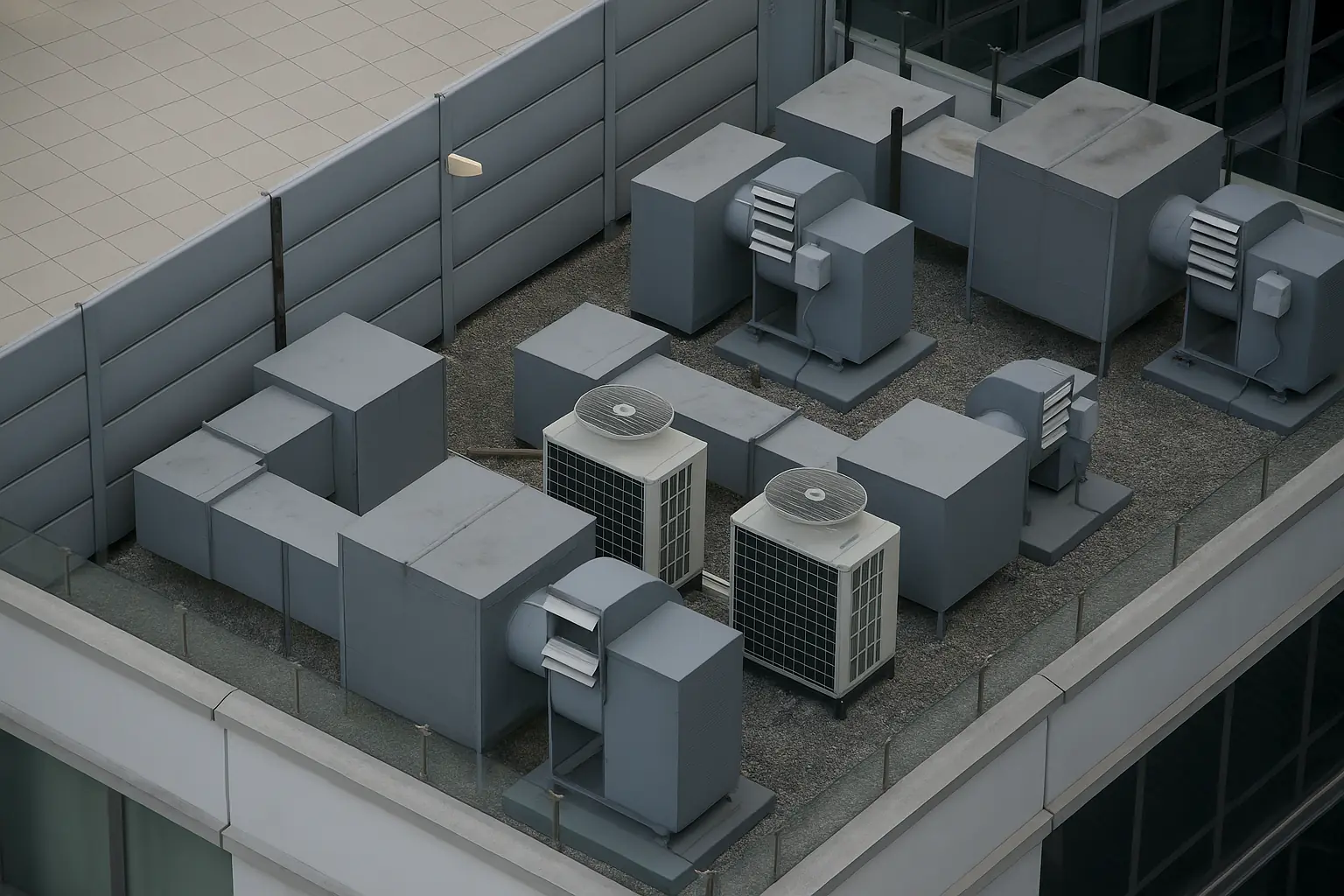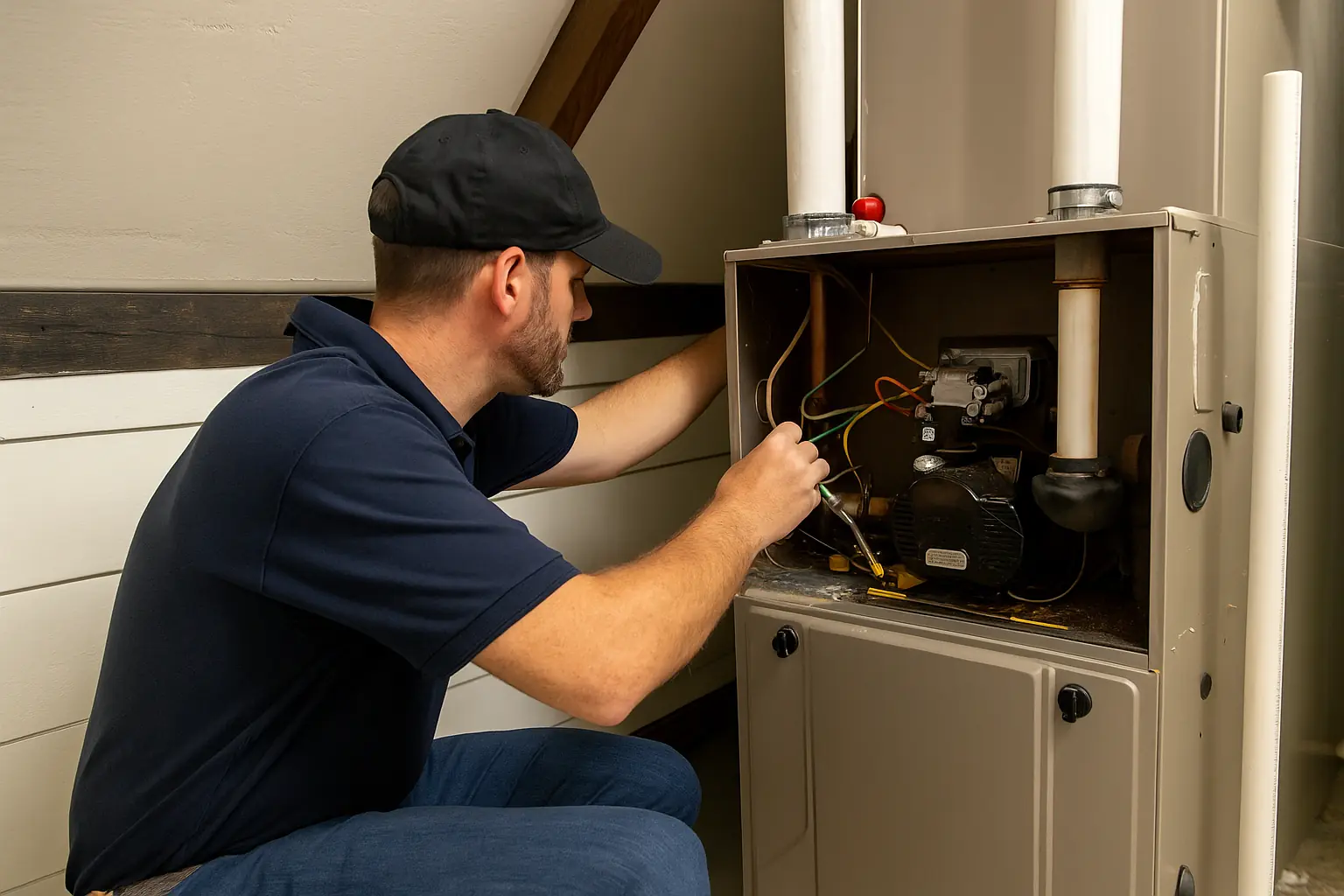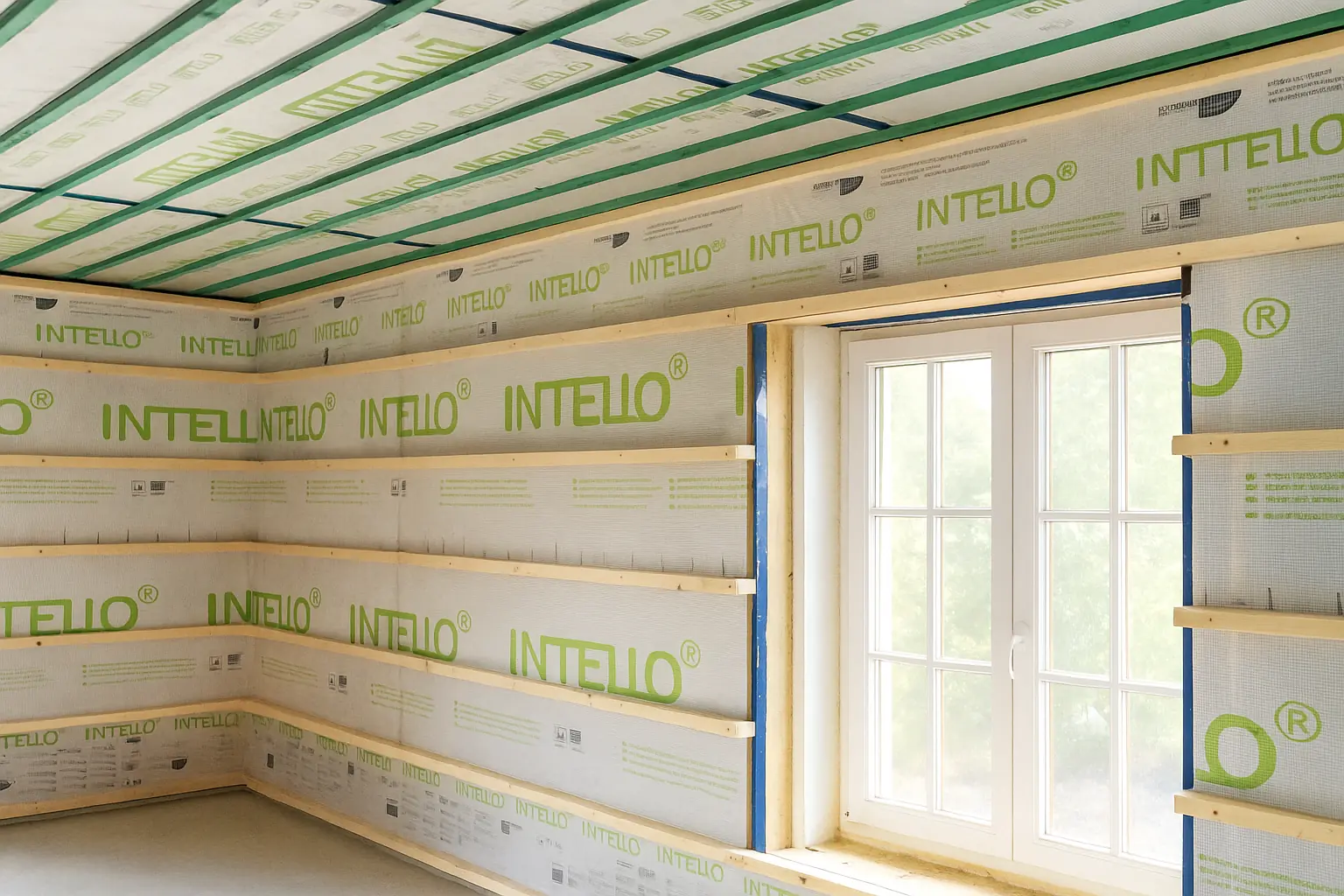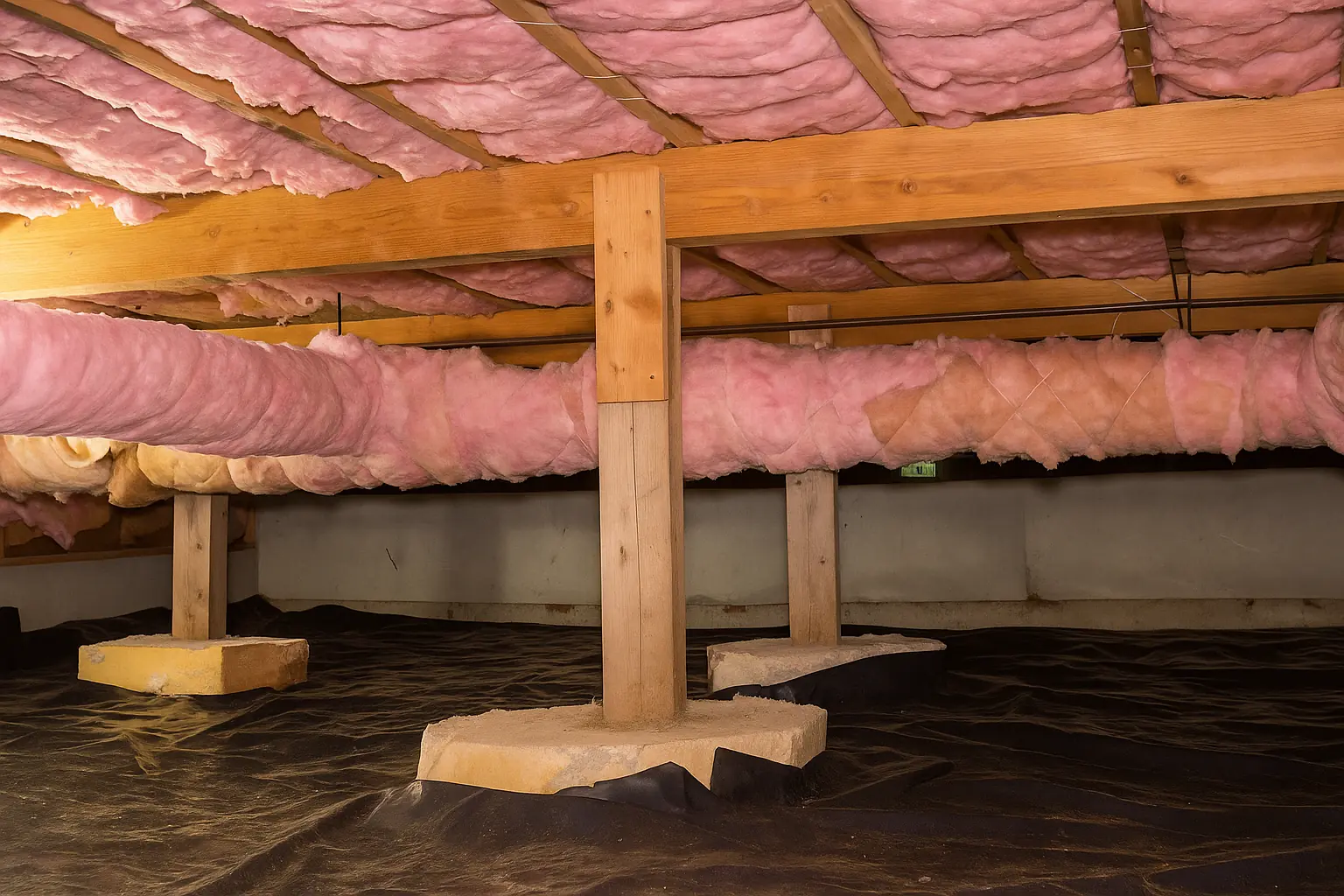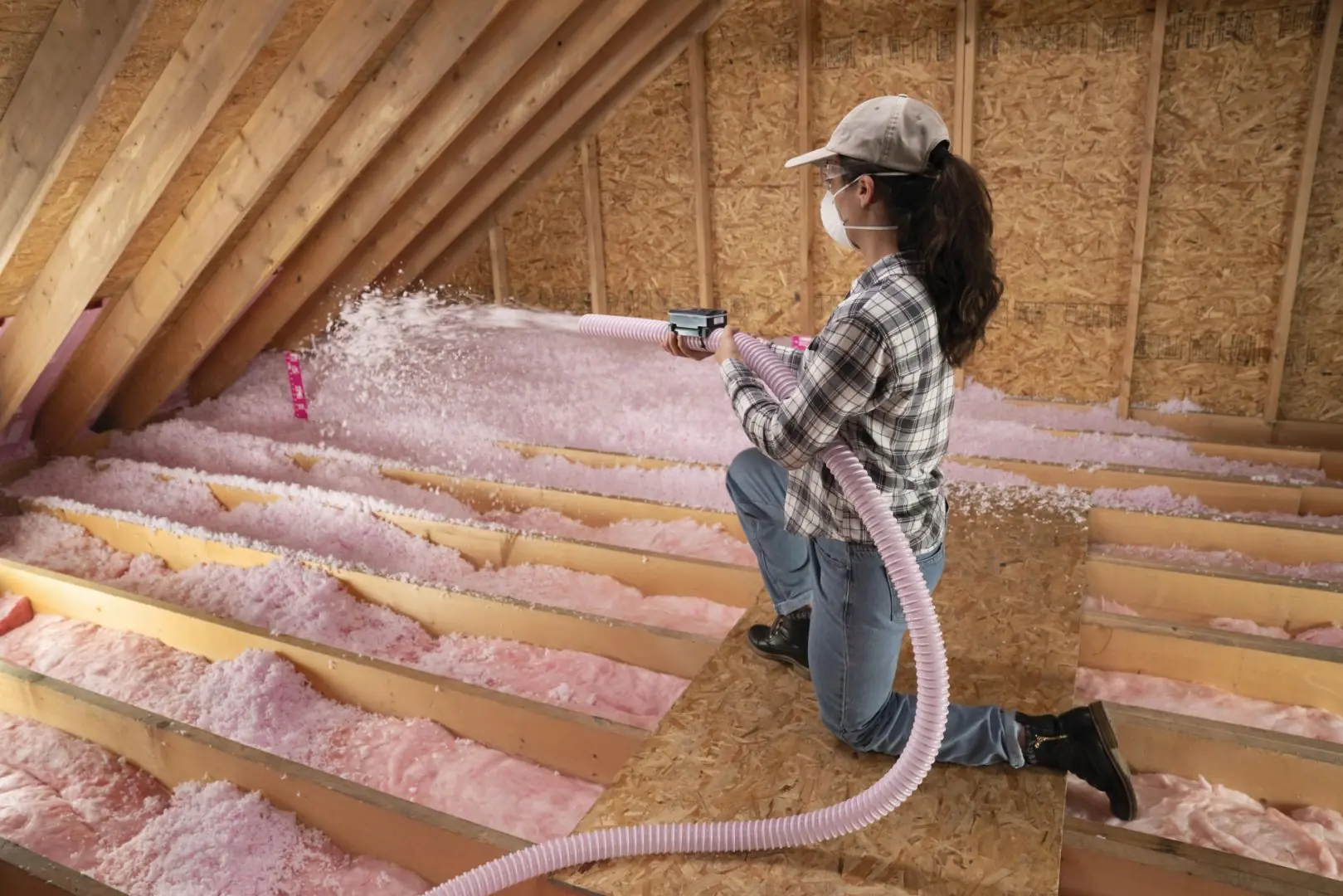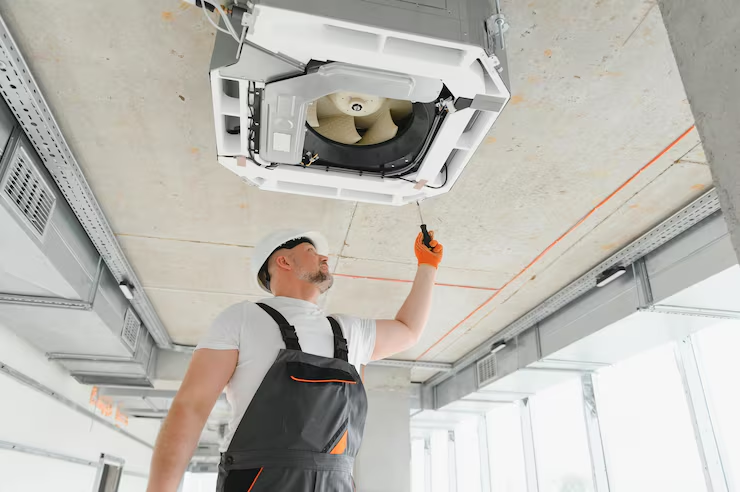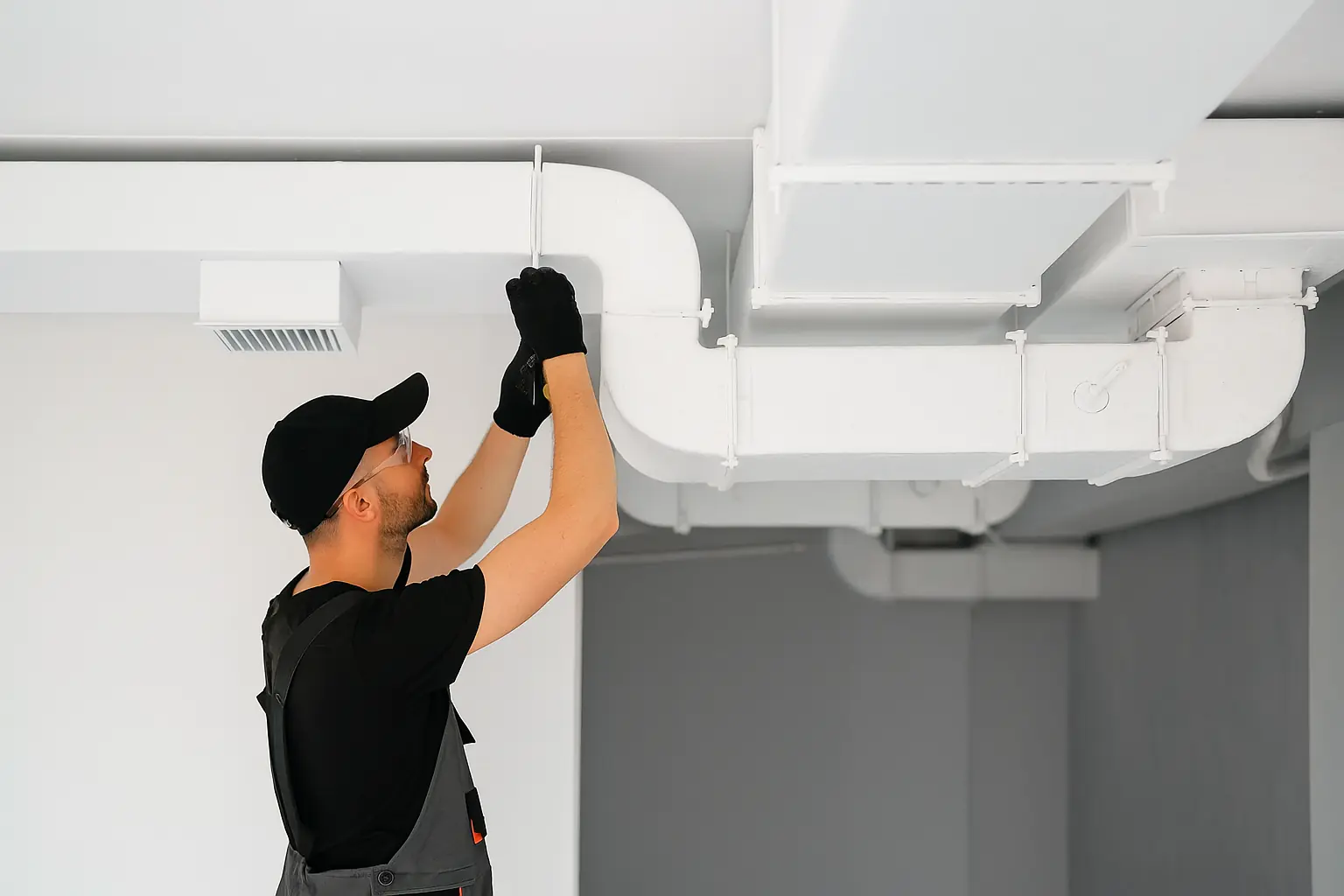When it comes to building energy-efficient and moisture-resistant homes or structures, insulation is only part of the puzzle. An often overlooked but critical component is the vapor barrier. Whether you’re a DIY home renovator or a seasoned contractor, understanding the role of a vapor barrier can save you from headaches—like mold, mildew, or rot—down the road.
What is a Vapor Barrier?
A vapor barrier (also called a vapor retarder) is a material designed to resist the diffusion of moisture through walls, ceilings, and floors. Think of it as a shield that prevents warm, moist indoor air from seeping into cooler parts of the building structure—where it can condense into water and cause damage.
These barriers are usually made of plastic or foil sheets, and they’re installed along with insulation to control moisture movement.
Why Moisture Control Matters
Warm air naturally holds more moisture. When that air moves through walls and comes into contact with cooler surfaces (like the outer side of your insulation), condensation can form. Over time, this moisture leads to:
- Mold growth
- Wood rot
- Reduced insulation performance
- Structural damage
Using a vapor barrier helps manage this by blocking the path of moisture before it can do harm.
Where Should Vapor Barriers Be Installed?
The location and necessity of a vapor barrier depend largely on climate. Here’s a general guide:
- Cold climates (e.g., northern U.S. or Canada): Install vapor barriers on the warm side of the insulation (typically the interior side). This prevents warm, moist indoor air from entering the wall cavity.
- Hot, humid climates (e.g., southeastern U.S.): Vapor barriers may go on the outside to prevent moist outdoor air from condensing inside air-conditioned walls.
- Mixed climates: These regions may not need vapor barriers at all, or might require special moisture-control systems like vapor-permeable membranes that adapt to seasonal conditions.
Common Vapor Barrier Materials
Polyethylene Sheeting (4- to 6-mil plastic)
- Cheap and widely used
- Excellent moisture resistance
Foil-backed Insulation
- Reflective and moisture resistant
- Dual-purpose for insulation and vapor blocking
Kraft-faced Insulation
- Common in residential construction
- Has a built-in paper vapor retarder
Smart Vapor Retarders
- Adjust permeability based on humidity
- Ideal for mixed or changing climates
Key Considerations for Installation
- Seal all seams and edges with tape or caulk to ensure no moisture can sneak through.
- Be mindful of electrical outlets and plumbing—these can be trouble spots for vapor leaks.
- Don’t confuse vapor barriers with air barriers; while they sometimes serve the same function, they’re not always interchangeable.
Final Thoughts
Adding a vapor barrier to your insulation setup might not be the flashiest part of construction, but it’s one of the most important when it comes to building longevity and indoor air quality. By preventing moisture from infiltrating your walls and ceilings, you safeguard your structure and make your insulation work more effectively.
Need help choosing the right vapor barrier for your project? Drop your questions in the comments or contact a local building expert—they’ll help you match your materials to your climate and structure.
